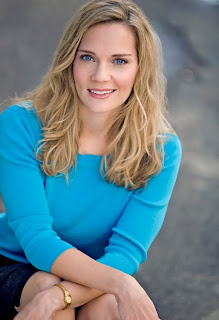Large Ensemble Work
This photo captured a special moment this past July when I was invited to sing at The Jazz Corner in Hilton Head with the wonderful Bobby Ryder Quartet and proprietor/fluegelhorn player Bob Masteller. This intimate jazz setting--singing in a small club with an attentive audience-- has always been a charming way to share my music. Lately, however, I have increasingly been offered opportunities to share performances with much larger ensembles and larger audiences in larger venues. How does a performing artist traverse the wide pathway of musical demands when challenged by very different types of concerts to perform? First, understanding the differences between both large and small ensemble concerts is the first major challenge. For a jazz improviser like myself, much more freedom is generally available when performing in a small combo setting on a smaller stage (although I have successfully played highly improvised concerts with my combo on a large stage... as long as we are placed close together we can improvise as much as we like). In a large ensemble setting, however, improvisation must be carefully planned and rarely, if ever, extended. Also, in a concert with a small ensemble I can adjust the microphone to my heart's content. The sound check can take as long as necessary for me to be satisfied with the acoustical adjustments that optimize our group's blend, balance, and tone. In a large ensemble setting, this luxury is virtually non-existent. The time allotted for the vocalist's sound check is generally short and more about setting a volume level so that I can be heard over the ensemble rather than about fine-tuning the EQ for an optimal tone quality in the room. When leading my small combo or playing a solo show, I am free to select whatever tempo and "feel" I like for each song (and I do!). Obviously, the symphony or big band conductor sets the tempo in a large ensemble setting, which forces me to sing the piece with an abundance of energy and expression at whatever tempo we are given. Communicating with the audience seems to be more difficult when performing with a large ensemble than with a small group because interpretation of the text is permitted more latitude in the small group setting--phrasing and timing can be tweaked to stretch or move the music extemporaneously. Facing such a wide variety of musical challenges sharpens an artist's skills and requires precise, mindful preparation for each new concert opportunity that presents itself!



